Mary vs Elizabeth: The battle of the Tudor queens in All About History 120
Inside All About History 119: Discover the conflict between the Tudor sisters that informed the reigns of Mary I and Elizabeth I of England

In All About History issue 120, on sale now, you can learn all about the battle between the Tudor queens, Mary and Elizabeth. The two daughters of Henry VIII couldn't have had more divergent experiences on the English throne, but how much of their relationship with each other informed those experiences?
How much did being the sidelined eldest child impact the woman Mary I would become, nicknamed 'Bloody Mary' for her cruel religious persecutions? Did witnessing her sister's marriage troubles impact Elizabeth I's choice to never take a husband? How much did the religious split between the half-sisters impact their lives?
All About History welcomes historian Tracy Borman, curator of Britain's Royal Historic Palaces, to answer all of these questions and more in her in-depth analysis of the two famous English queens.
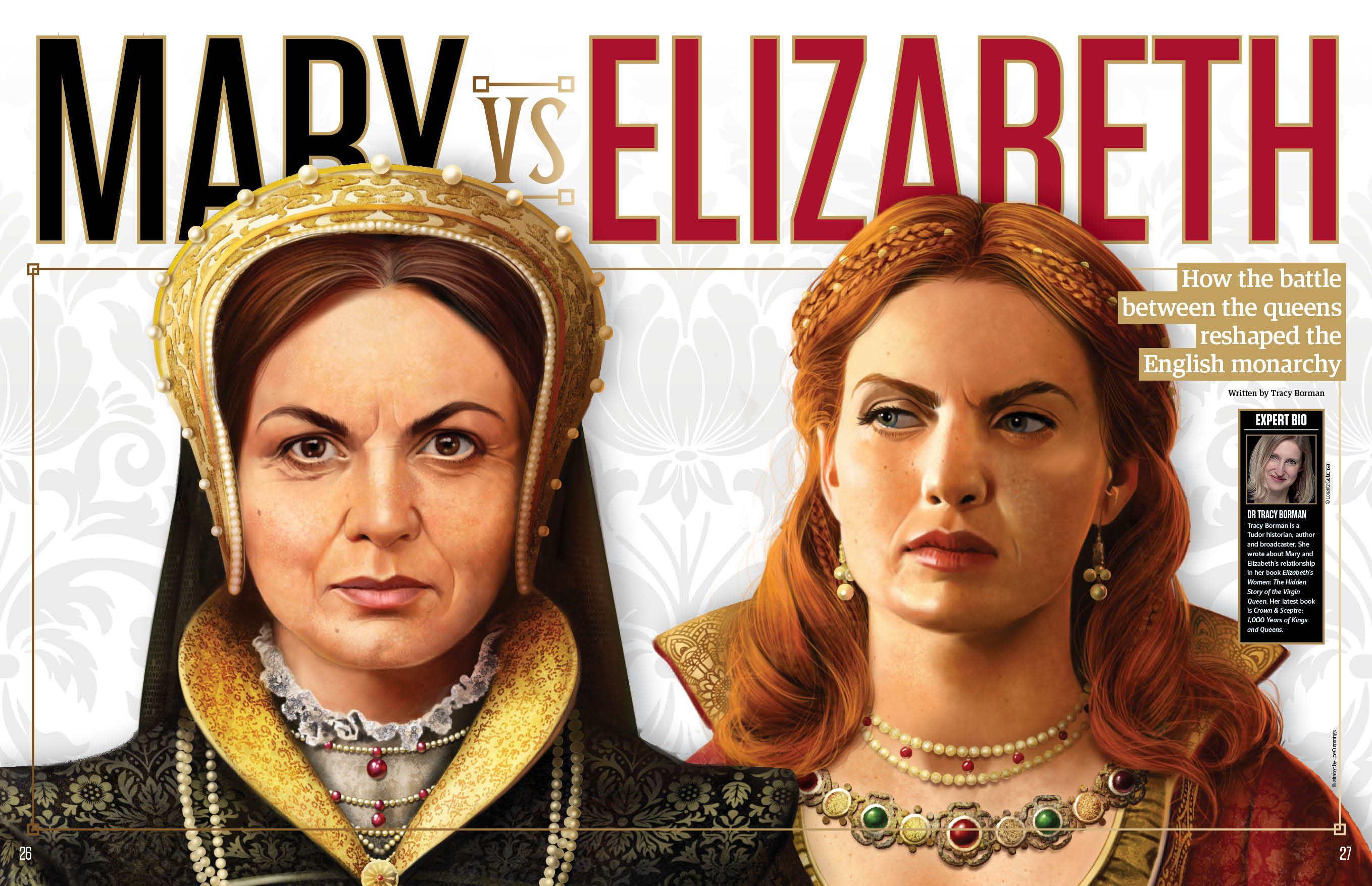


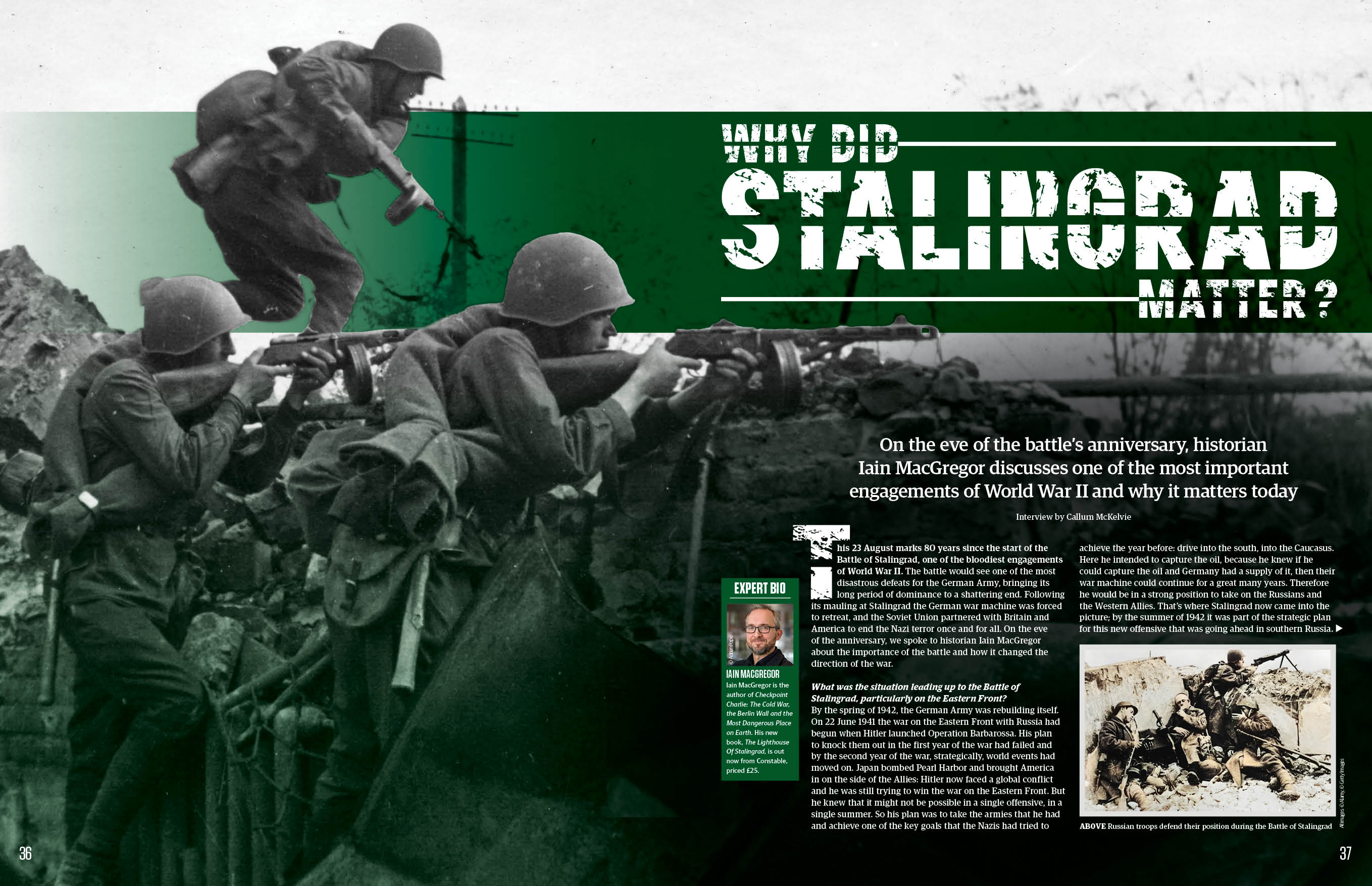

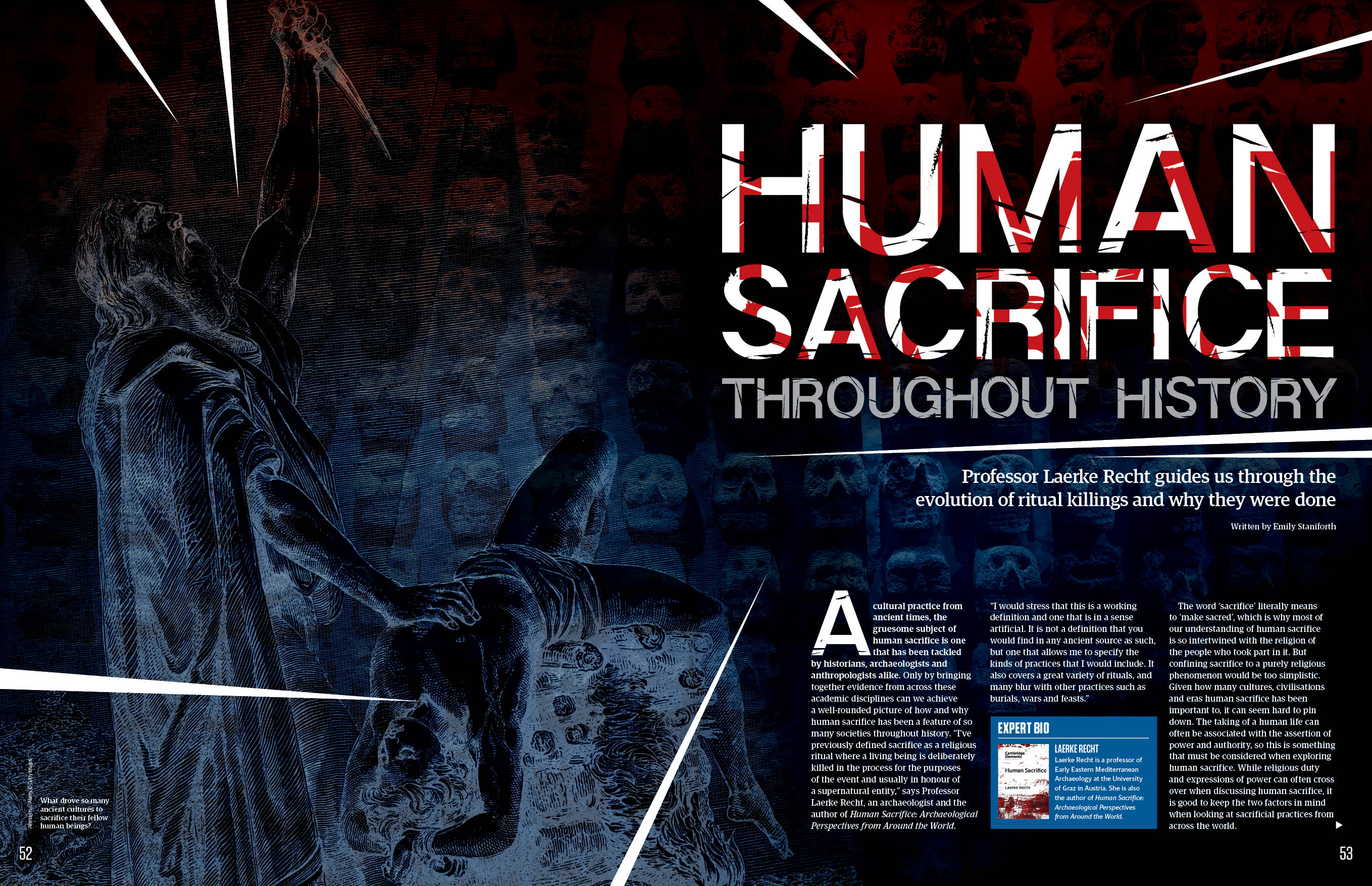
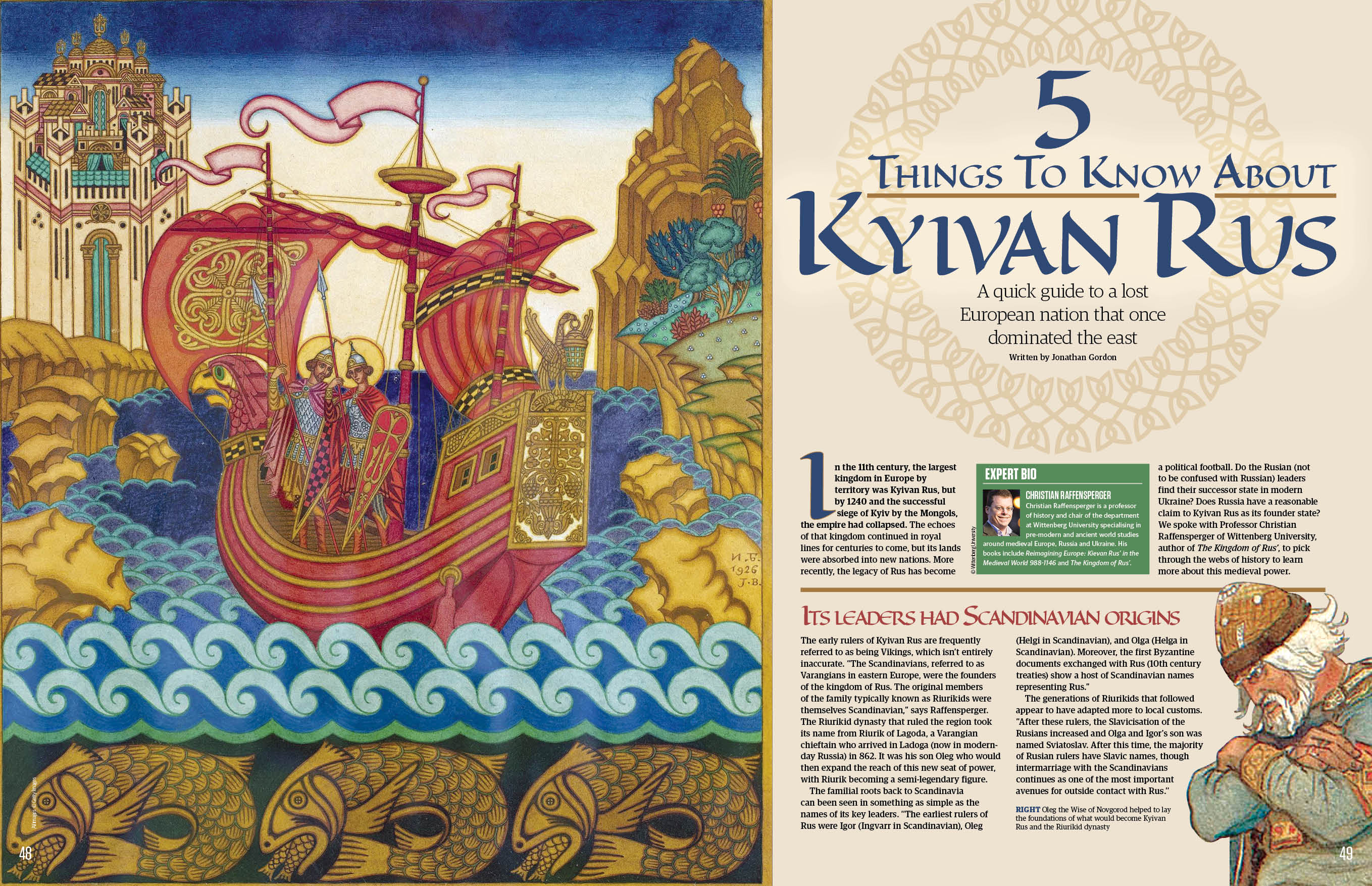
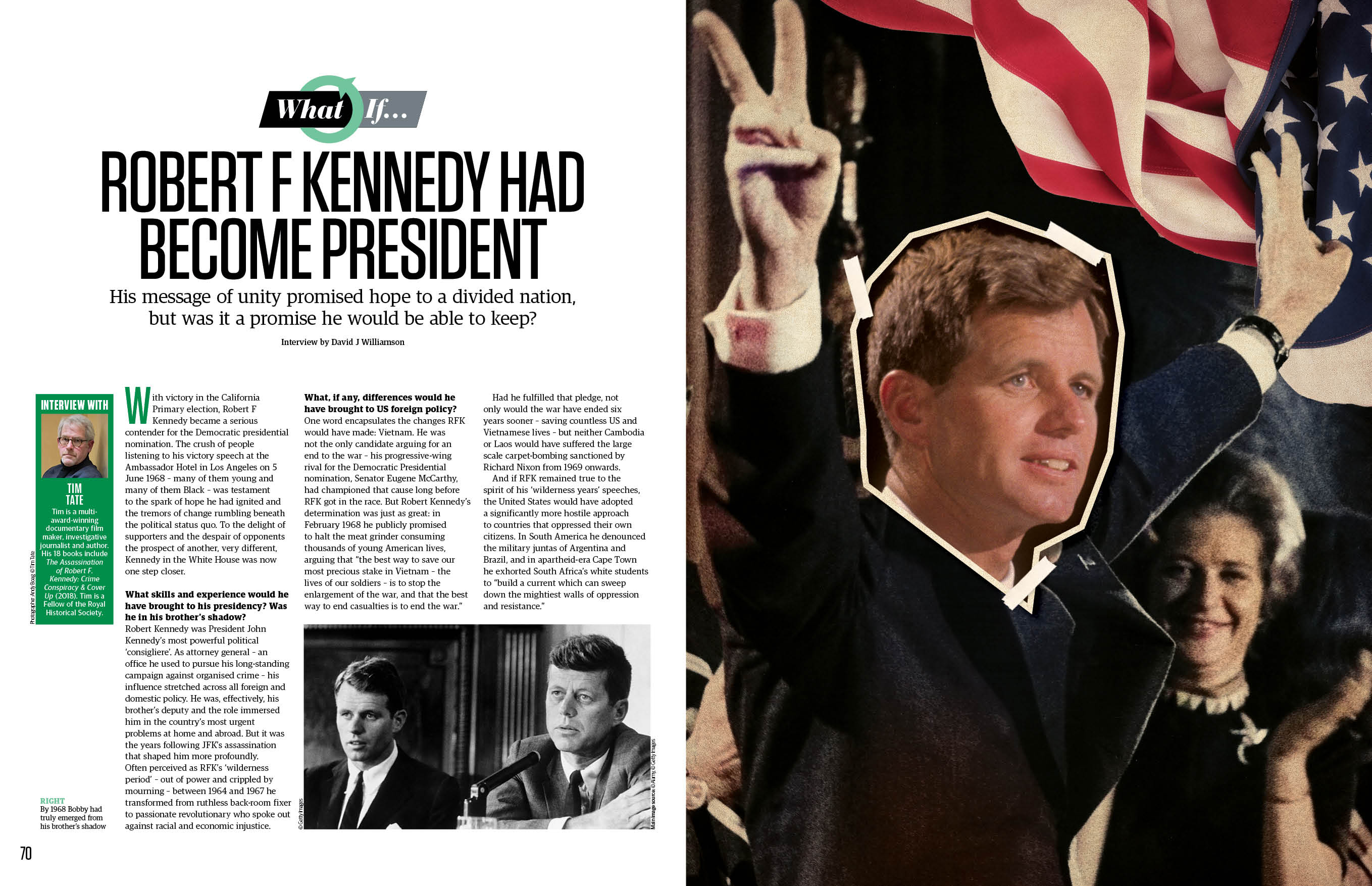
Also in All About History 120, you can read about the revenge of the 47 Ronin, learn why the Battle of Stalingrad was pivotal to the Second World War and explore the dark history of human sacrifice around the world.
Related: Read a free issues of All About History
Plus, discover the history of swords, read about the lost empire of Kyiv and marvel at the conman who sold the Eiffel Tower… twice!
Mary Vs Elizabeth
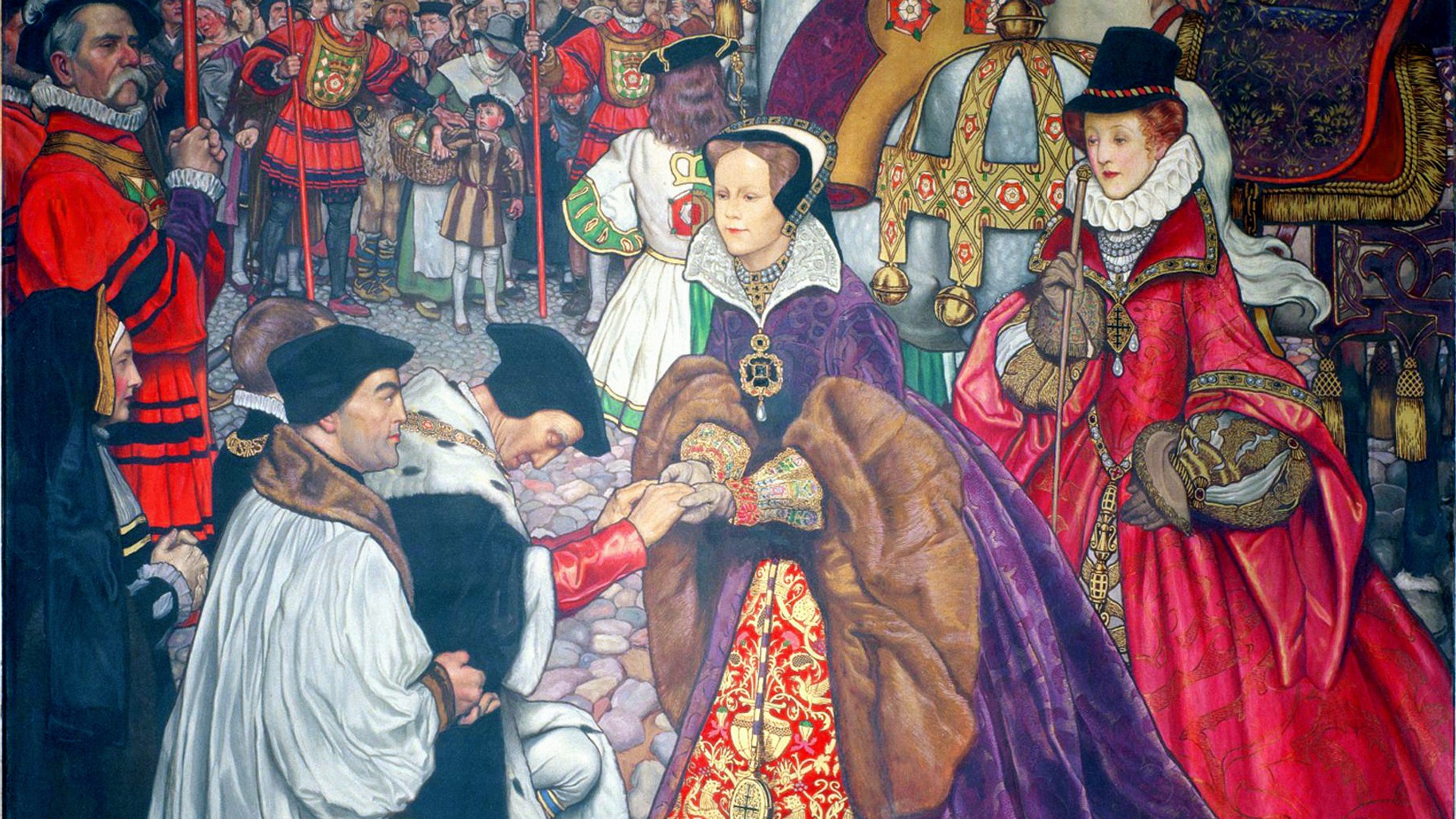
Mary I and her sister Elizabeth had little in common except their father: Henry VIII. Mary was a staunch Catholic, Elizabeth a devout Protestant. Mary was deeply conventional in her views of women and took a husband as soon as she ascended the throne, Elizabeth was determined never to marry and became the Virgin Queen of legend. Mary's reign was brief and brutal, Elizabeth's has been celebrated as one of the longest and most successful of any British monarch. They may have been opposites but the relationship between the two sisters would have a profound impact on the queenship of both.
Get the world’s most fascinating discoveries delivered straight to your inbox.

Subscribe to All About History today and get 10% off your order with offer code SUMMER10 at checkout. Now is a great time to guarantee yourself a copy of All About History every month.
At 4am on 18 February 1516, Catherine of Aragon was delivered of a daughter. The child might not have been the son that her husband Henry VIII so craved but she was at least healthy and, given Catherine's experience of childbirth, that was something to be thankful for. A lavish christening was held three days later at the Church of the Observant Friars, attended by the highest-ranking members of the court. The king's infant daughter was named Mary.
Mary enjoyed a pampered upbringing. As the king's cherished only child she was "much beloved by her father," according to the Venetian ambassador. She was fêted at court and proudly shown off to foreign ambassadors, who all praised her appearance and intelligence. Her long red hair was "as beautiful as ever seen on human head." Gasparo Spinelli, a Venetian dignitary, told of how the little princess had danced with the French ambassador, "who considered her very handsome, and admirable by reason of her great and uncommon mental endowments." During her early years, Mary learned the typical courtly accomplishments of playing the lute and virginals, singing, dancing and riding. She also received an excellent education at the hands of Juan Luis Vives, a celebrated humanist scholar.
Read more in All About History 120.
Revenge of the 47 Ronin

In January 1703, Japan was just days away from celebrating a century of Tokugawa rule when an incident broke out that threatened to throw the entire system into doubt. After years of waiting in the shadows, a group of samurai emerged from hiding to strike down the man responsible for their lord's death. The act put the Tokugawa in an impossibly awkward situation, casting an ugly light on the hypocrisy of the warrior code underpinning their authority.
Two years earlier, in 1701, Japan had been enjoying a period of hitherto unknown peace and prosperity after years of bloodshed and chaos. After completing the unification of Japan, the Tokugawa had brought an end to perpetual warfare, ushering in a new era of obsessive control. Although the country remained under the rule of a military dictator – the shōgun – and the samurai still reigned supreme over the merchant, artisan and peasant classes, peace had turned warriors into aristocrats.
Learn more about the story of the 47 Ronin in All About History 120.
History of human sacrifice

A cultural practice from ancient times, the gruesome subject of human sacrifice is one that has been tackled by historians, archaeologists and anthropologists alike. Only by bringing together evidence from across these academic disciplines can we achieve a well-rounded picture of how and why human sacrifice has been a feature of so many societies throughout history.
"I've previously defined sacrifice as a religious ritual where a living being is deliberately killed in the process for the purposes of the event and usually in honor of a supernatural entity," says Professor Laerke Recht, an archaeologist and the author of Human Sacrifice: Archaeological Perspectives from Around the World.
The word 'sacrifice' literally means to 'make sacred', which is why most of our understanding of human sacrifice is so intertwined with the religion of the people who took part in it. But confining sacrifice to a purely religious phenomenon would be too simplistic.
Read more about the history of human sacrifice in All About History 120.

Jonathan is the Editor of All About History magazine, running the day to day operations of the brand. He has a Bachelor's degree in History from the University of Leeds. He has previously worked as Editor of video game magazines games™ and X-ONE and tech magazines iCreate and Apps. He is currently based in Bournemouth, UK.


